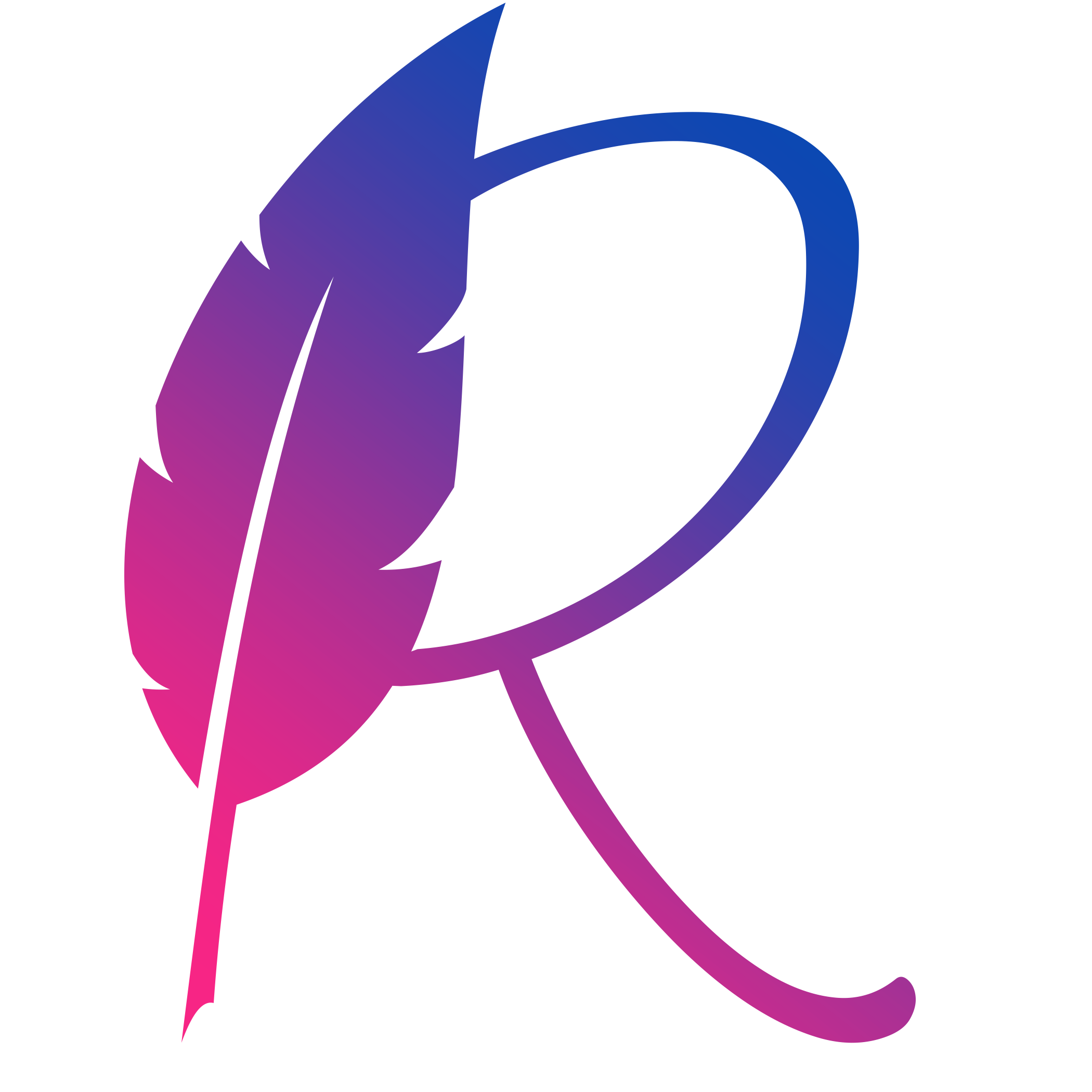What is a use case
A use case is a description of a user’s interactions with a system or product. A user case can define success and failure scenarios, as well as any essential variants or exceptions. With the help of a use case model tool, a use case can be written or visualized. They are developed early in the development of a new product or while improving an existing product. However, use cases might change as users discover new ways to interact with your product – in ways you may not have imagined. As a result, it’s important to pay attention to what people are saying about their personal experiences with your product, particularly if you want to expand into new client categories. Some of the characteristics of use cases are:
- Actors are the users who interact with the system.
- System: Use cases record functional requirements that define the system’s intended behavior.
- Goals: User-initiated use cases describe the steps and variants involved in accomplishing a goal.
It’s also worth noting that when building use cases, you shouldn’t simply plan for the best-case situation; you should also plan for the worst-case scenario:
- Basic Flow – this is the main scenario in a use case in which nothing goes wrong.
- Alternative Flow – these are the alternative paths that are a variation of the main theme. These exceptions are what happens when things go wrong at the system level.
So now that we have gone through the definitions and examples of user story & user cases, here are some differences I want us to look at:
Some of the differences are:
- User stories will read user experiences easily. When writing a user story, the goal is to produce something that everyone can comprehend in the users’ language. We all know that engineers have a lot more patience than users when it comes to discussing the specifics of the software they’re developing, which is why user stories must be concise. In only a few sentences, a user’s story must express a whole notion.
- The behavior you’ll incorporate into the software to suit those needs is referred to as a use case. the development team should be able to read a use case and get a decent feel of what the software needs to do. It usually contains a lot of information and specifies everything the developer needs to do to meet the user’s requirements. As a result, it requires a great deal more information, as well as clarity and unambiguity.
- Many details are left out of user stories. This is because it allows for debate and progress. This is a deliberate component of user stories. As a result, stakeholders are more likely to initiate talks and enhance the product. On the other hand, use cases are particular. They detail each step that the product team will take. Usually, there isn’t much space for debate. Before the user case is created, user stories are created. In the majority of situations, they are created through user input. A single user story can result in a variety of use cases. When all of these use cases are combined, a thorough paper is created. This paper explains how all software and users interact.
You should now have a good understanding of what user stories and use cases are and how they are used. These ideas are crucial to the development of a successful product.
Here’s the link to the part 1 of this article; https://blog.requstory.com/2022/02/17/user-story-use-case-differences/
